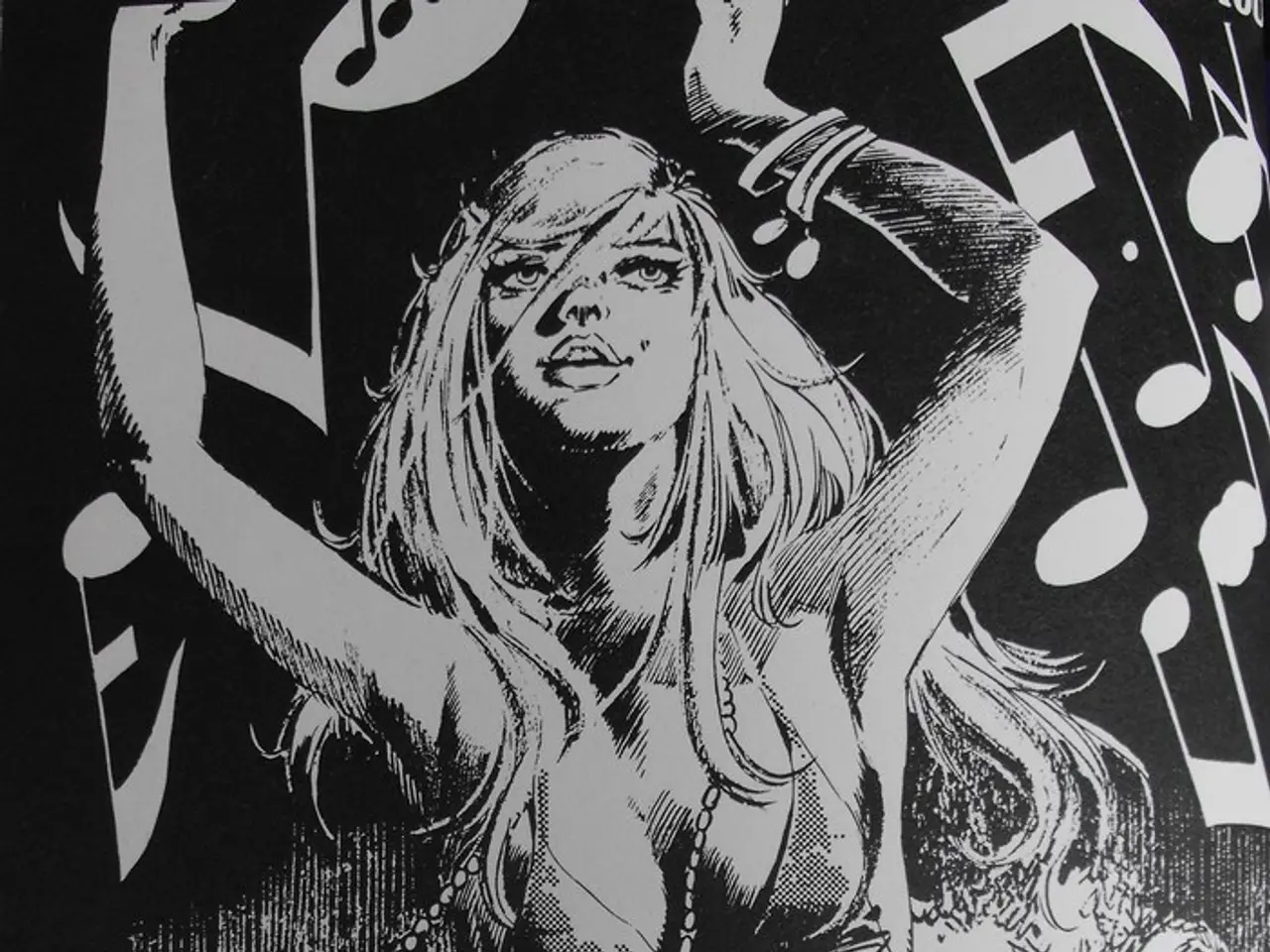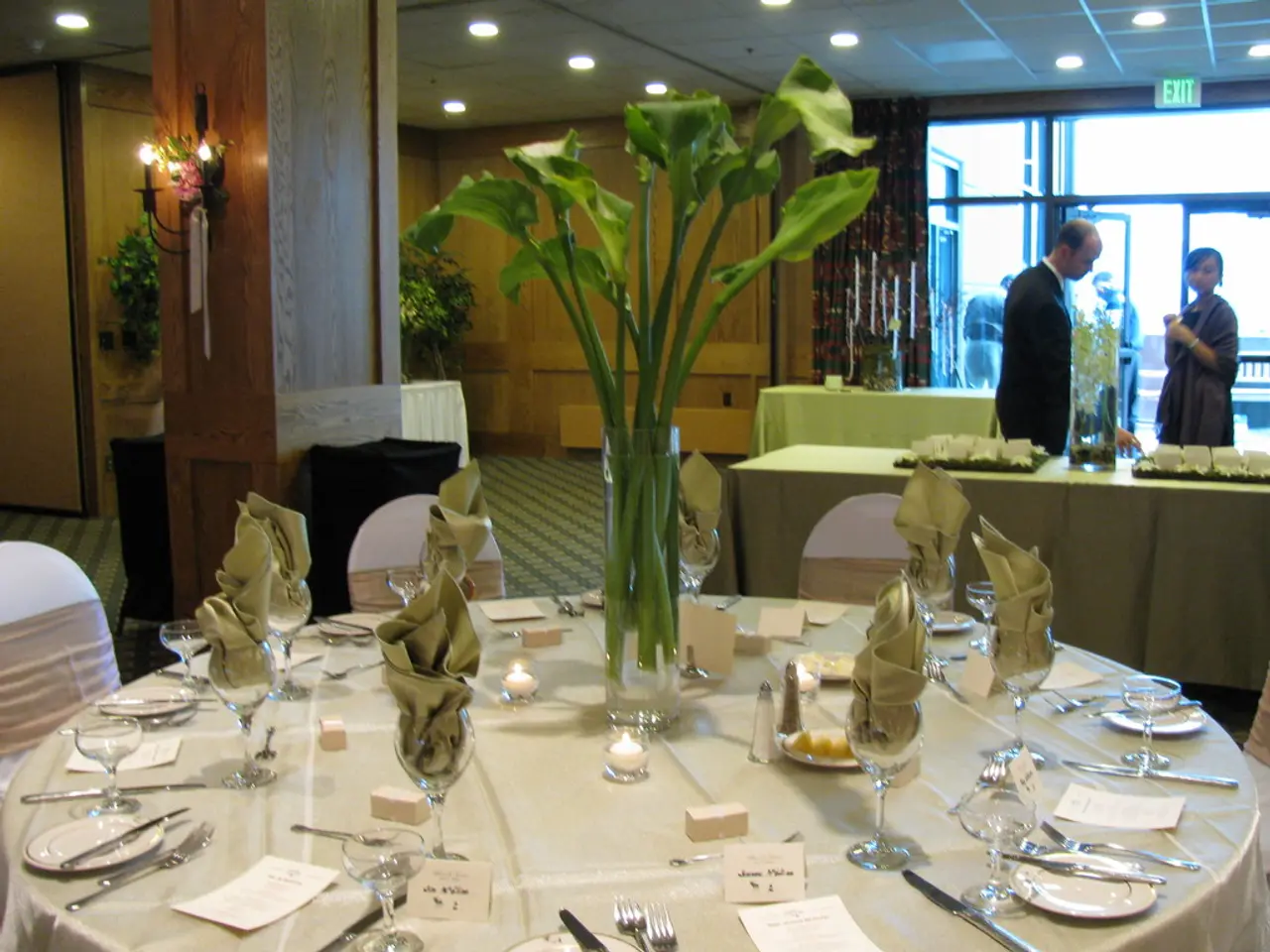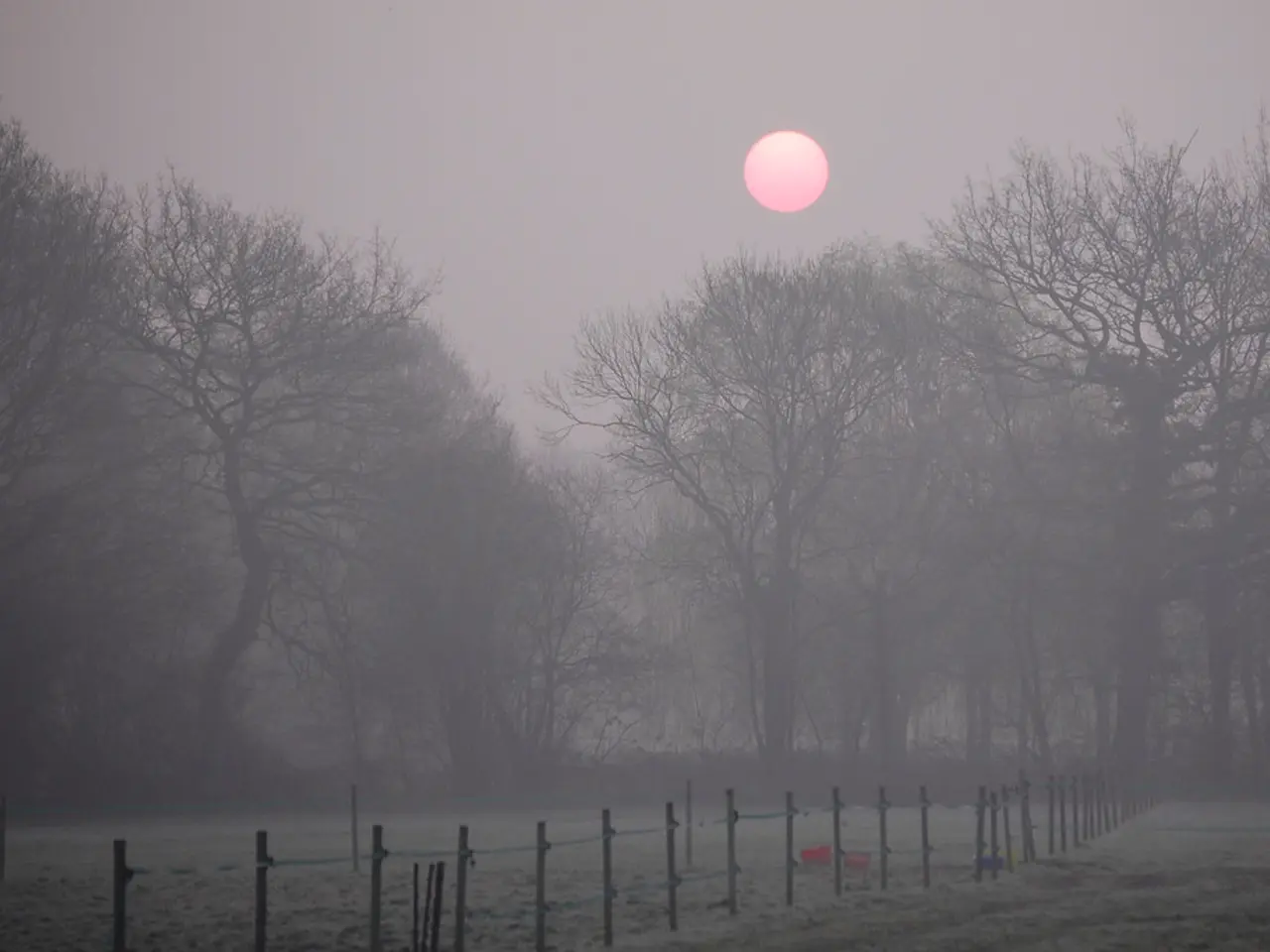A Canon refers to a set of rules, stories, or texts recognized as authentic or authoritative, particularly in the context of religion, literature, or art.
Canons, a compositional technique in music, are known for their layered, interwoven sound. They involve a melody being repeated by one or more voices or instruments, entering at different times to create a unique and captivating effect.
In essence, canons are contrapuntal compositional forms where a melody, referred to as the leader or dux, is imitated exactly by one or more voices, called followers or comes, after a certain duration. The key characteristics of canons include strict imitative texture, with voices entering sequentially at fixed intervals and durations, and following the same melodic line either at the unison or at other intervals.
Types of Canons
Canons come in various forms, each with its own unique characteristics.
- Strict Canon: In a strict canon, the follower voice duplicates the leader's melody exactly in rhythm and pitch, but starting after a fixed time delay.
- Free Canon: In a free canon, the follower imitates with some rhythmic or melodic alterations, allowing more compositional freedom.
- Invertible Canon: In an invertible canon, the follower voice performs the melody upside down (intervals inverted).
- Mensuration Canon: In a mensuration canon, voices proceed simultaneously but with different speeds or rhythmic values.
- Double and Multiple Canons: In double and multiple canons, several independent canons occur simultaneously or layered.
Historical Context
Canons date back to the Middle Ages and Renaissance as a form of strict imitative counterpoint, distinguished from fugues which developed later as a more complex polyphonic form working on a single melodic subject throughout a composition. Renaissance composers like Giovanni Pierluigi da Palestrina incorporated canonic imitation, differing from the continuous subject development found in fugues.
Notable Examples
One of the most famous and accessible examples of a canon is Pachelbel's Canon in D by Johann Pachelbel. This Baroque-era composition features three violins entering successively with the same melody at the unison over a repeating ground bass, creating a beautifully interwoven texture. This canon became widely popular in the 20th century and is frequently used in weddings and events.
Canons are foundational in contrapuntal music and appear in numerous Baroque works aside from Pachelbel, as well as in later classical and contemporary compositions. For instance, Bach weaves intricate canons in works like The Goldberg Variations, where voices enter at different intervals, creating rich, layered textures.
The Crab Canon and Other Variations
In 1747, Bach composed a series of pieces for King Frederick II of Prussia, known as The Musical Offering, which includes a canon called the Crab Canon. The Crab Canon features a melody played forwards, with the same melody played backwards accompanying it.
A round canon repeats the same melody endlessly with each voice entering at different times, creating a playful circular effect. "Row, Row, Row Your Boat" is an example of a simple round canon. A round canon can also be called an infinite canon because when you reach the end, you simply start again, continuing the loop.
The Legacy of Canons
Johann Sebastian Bach was a master of the canon form and used it to push the boundaries of musical creativity. The word "canon" originates from the Greek "kanōn", meaning 'law' or 'rule'. In music, it also refers to a collection of works considered essential or worth exploring, often called "the canon" of classical music.
Composers will continue to experiment with canons, creating countless variations of this timeless technique. Pachelbel's Canon in D is a complex composition that uses the canon technique, with the violins playing the same melody with each entry spaced two bars apart, creating a round effect. The bass line in Pachelbel's Canon provides a steady harmonic foundation, accompanying the violin melody.
In summary, canons are defined by their imitative counterpoint and strict melodic imitation, with various types allowing different transformations or rhythmic variations. Pachelbel’s Canon in D stands out as a historically and popularly significant example demonstrating the canon form.
Classical music, particularly Baroque compositions, often incorporate canons as an essential element of their composition, contributing to the diversity and richness of the music's lifestyle and entertainment value. For instance, Pachelbel's Canon in D, a well-known composition from the Baroque era, highlights the interwoven texture of canonic imitation, indicating the significant impact canons have had on the development and evolution of music.








